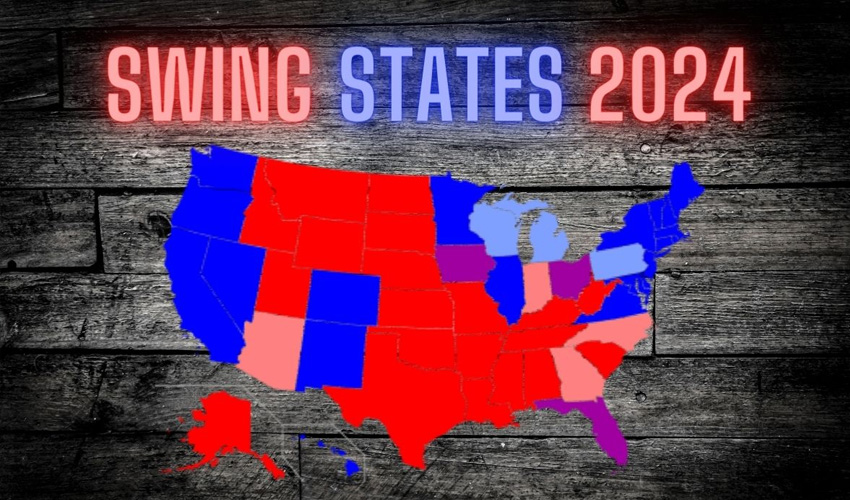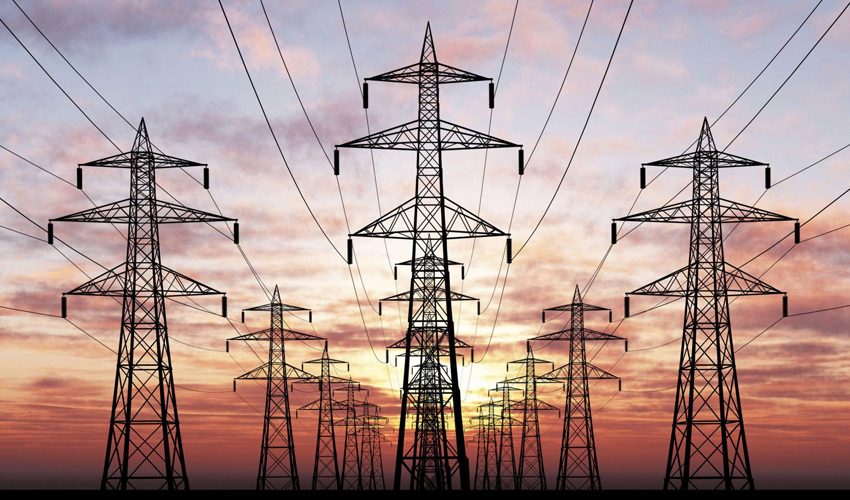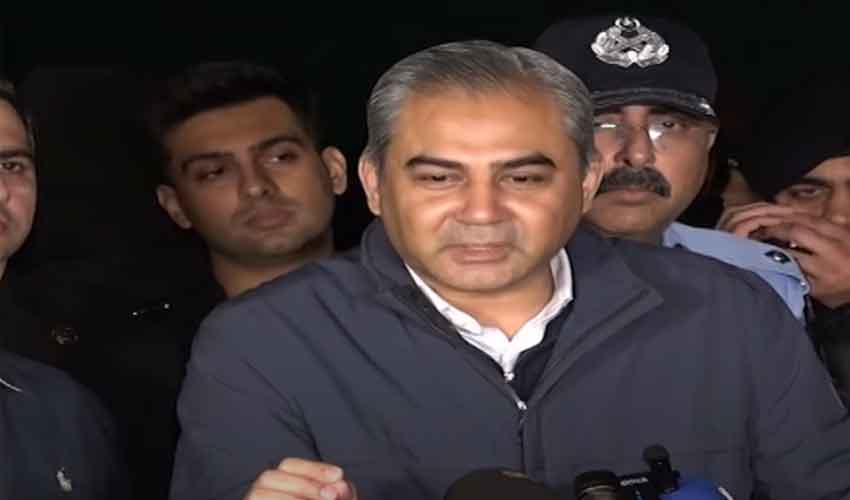As the US presidential race heats up, a few states are emerging as the epicenters of political battle. Known as swing states or battleground states, these crucial regions hold the power to decide the fate of the election. In the current landscape, Vice President Kamala Harris and former President Donald Trump are fiercely competing for victory in these pivotal areas.
But what exactly makes a state a swing state, and why are they so significant? This explainer delves into the concept of swing states and highlights the ones to watch in this election cycle.
What is a swing state?
The term "swing state" refers to states where neither major political party holds a clear, consistent advantage in presidential elections. Unlike states that reliably vote for one party, swing states are highly competitive and can be won by either party. This uncertainty makes them crucial in the Electoral College system, which ultimately decides the presidency.
In U.S. presidential elections, the Electoral College, not the popular vote, determines the winner. Each state is allocated a certain number of electoral votes based on its population. To win the presidency, a candidate must secure at least 270 electoral votes. Given that many states consistently support one party, a handful of swing states can tip the balance and decide the outcome of the election.
Why are swing states so important?
Swing states are critical because they represent the electoral battlegrounds where the election can be won or lost. Candidates invest significant resources in these states, targeting their campaigns to sway undecided voters. This focus contrasts with efforts in stronghold states where outcomes are more predictable. The competition in swing states is intense, as even a slight shift in voter sentiment can alter the election's trajectory.
Which states are swing states this year?
Swing states are defined by their ambiguous political leanings, but their status can evolve over time. For instance, Florida, once a quintessential swing state, has leaned more Republican in recent years. In the current election cycle, the following states are under close scrutiny:
- Arizona: Known for its shifting demographics, Arizona remains a key battleground, with polls showing a tight race between Trump and Harris.
- Georgia: Another crucial swing state, Georgia has seen increased political engagement, with both candidates vying for its electoral votes.
- Michigan: A historically industrial state with a diverse electorate, Michigan is a prime target for campaign efforts.
- Pennsylvania: With its significant number of electoral votes, Pennsylvania is a major focus, with recent polls indicating a near tie between the candidates.
- Wisconsin: This state’s fluctuating political landscape makes it a vital area for both campaigns.
- Nevada: Known for its growing Hispanic population, Nevada's political dynamics are crucial this election.
- Minnesota: Although traditionally Democratic, Minnesota’s polling shows Harris with a comfortable lead over Trump.
- North Carolina: A newcomer to the swing state list, North Carolina's changing demographics and political climate make it a state to watch.
Polling insights
Current polling data reveals a tight race in many of these swing states. In Arizona and Pennsylvania, the competition is extremely close, with Trump and Harris often neck-and-neck. Michigan and Georgia also show narrow margins. Conversely, Harris maintains a more substantial lead in Minnesota, while North Carolina’s status remains fluid.
The tight nature of these races underscores the significance of swing states in this election. Both candidates are intensifying their efforts in these battlegrounds, knowing that the outcome could hinge on just a few votes.



























